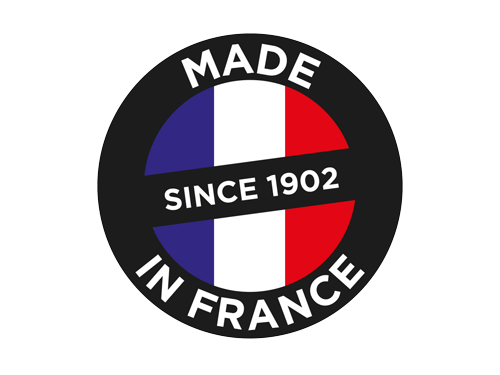The shape of Laguiole
Contrary to popular belief, Laguiole is not a registered trademark knife but a village’s name in Aveyron that gave its name to a knife shape.
The first form of the pocket knife Laguiole sophisticated appears in 1829 under the able fingers of Jean-Pierre Calmels, black-smith at Laguiole. He is inspired by the meeting of two cultures: the peasants of Aubrac, who at the approach of the cold season, went to work in Catalonia. Back home, they pulled from their pocket the fine Navaja of Spain, object of lust and inspiration. But the knife used by these peasants was a fixed blade, riveted on a piece of beech more or less worked called Capuchadou.
Over the years, Jean-Pierre Calmels decorates his knife by adding a punch (used by shepherds to pierce the belly of cattle) and a corkscrew. The famous corksscrew used by parsian restorers had just born… Between 1850 and 1860, the current shape of the Laguiole knife appeared and gradually refined. The blade becomes yatagan shaped, the handle follows an elegant curve.
Today, easily recognizable by its curved shape and its little bee, Laguiole has become a prestigious object of French cutlery made mainly in Thiers, the world capital of cutlery. Indeed, 80% of Laguiole made in France, have been in Thiers for centuries.
Claude Dozorme was also the first cutler to create the non-closing laguiole for tables at the dawn of the 80’s. Since then, the family-owned factory has constantly evolved its Laguiole range. In pocket or expensive table knives, dressed in wood, horn, mother of pearl, shagreen, fossilized mammoth molars, natural leather or inlaid with Swarovski crystals, the Laguiole Claude Dozorme are undeniably the reflection of the modernized tradition, dear to the family factory installed in Thiers since 1902.








